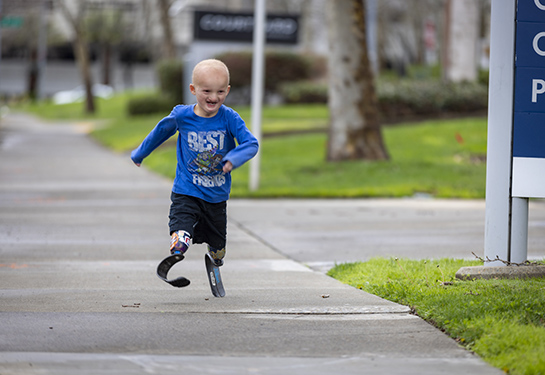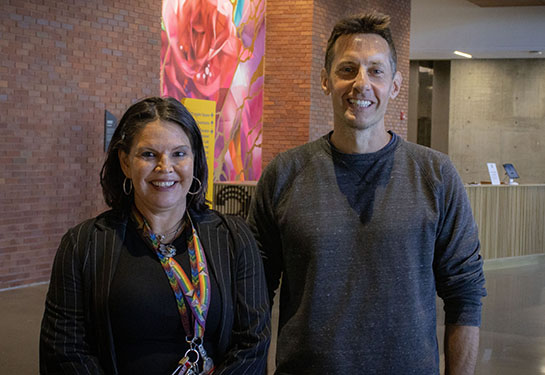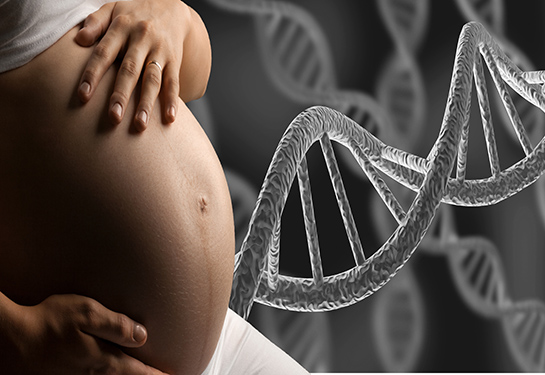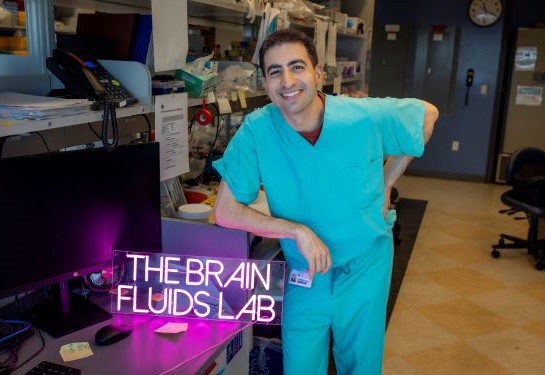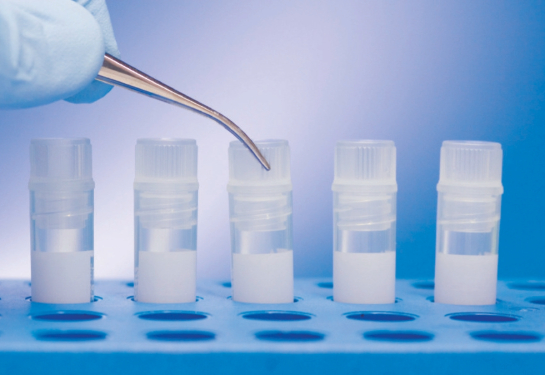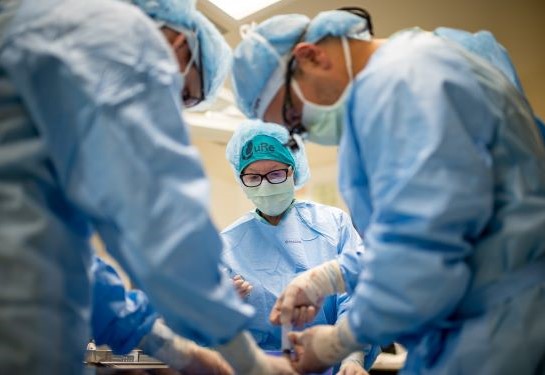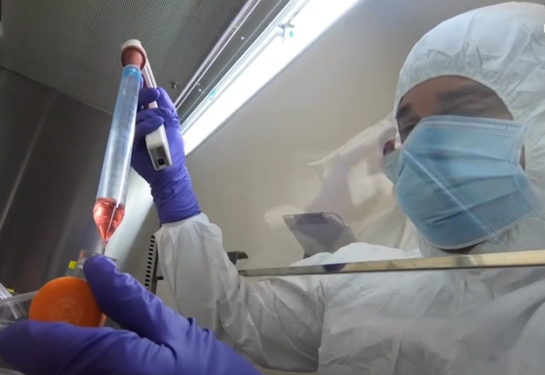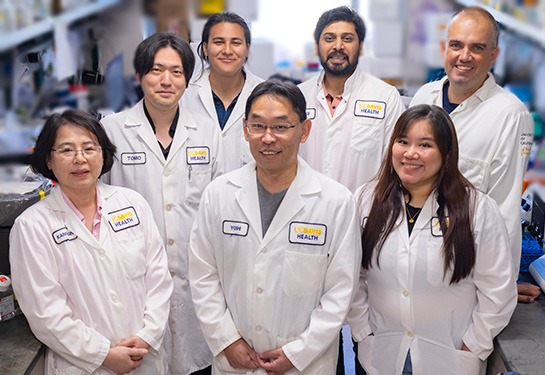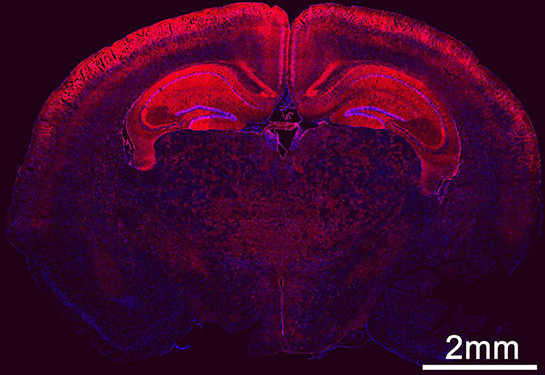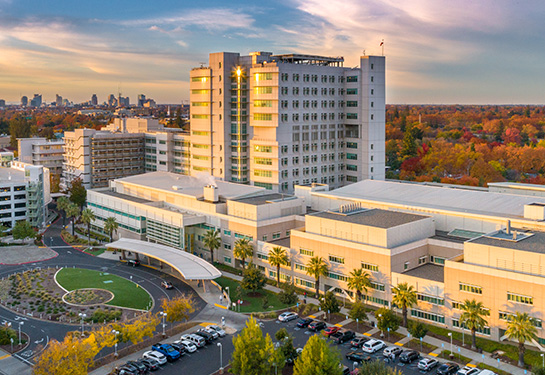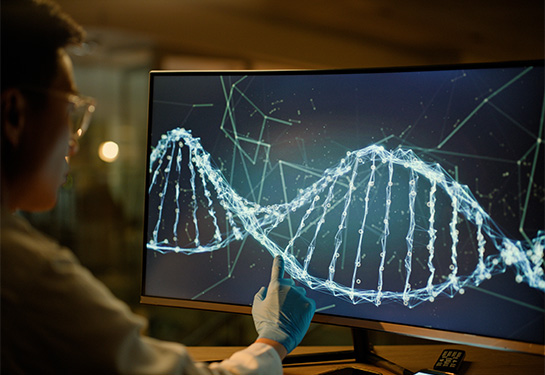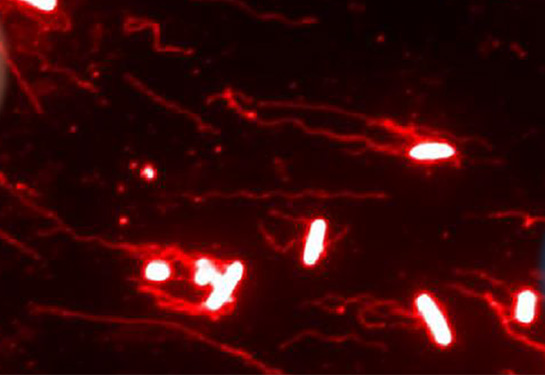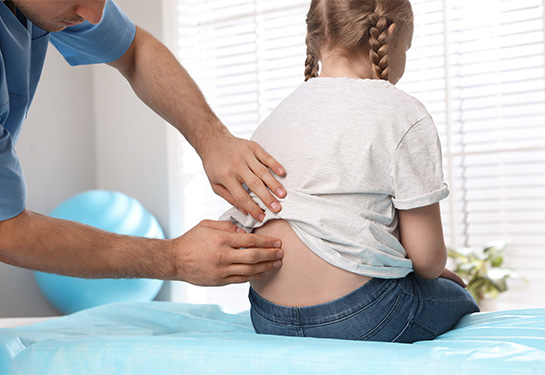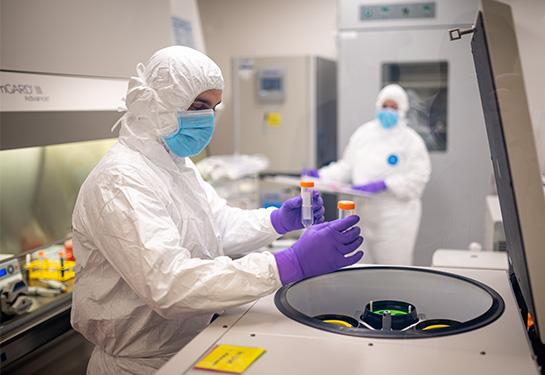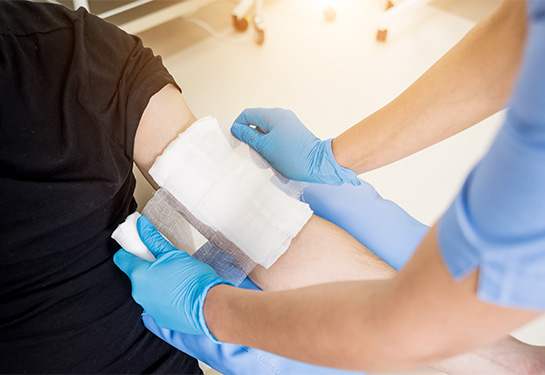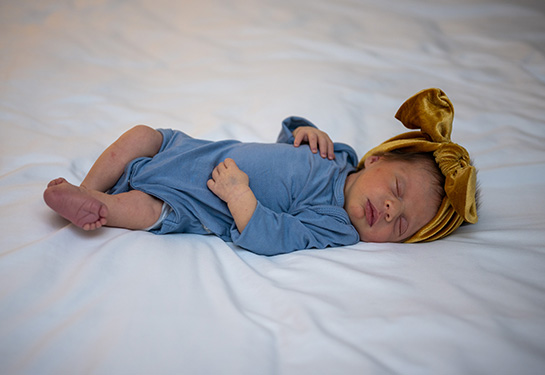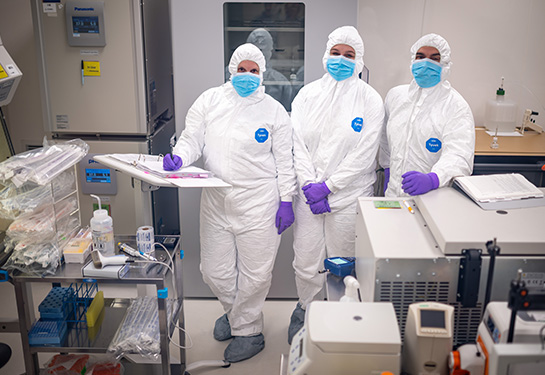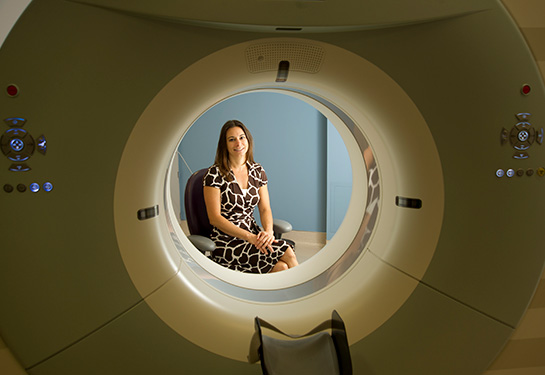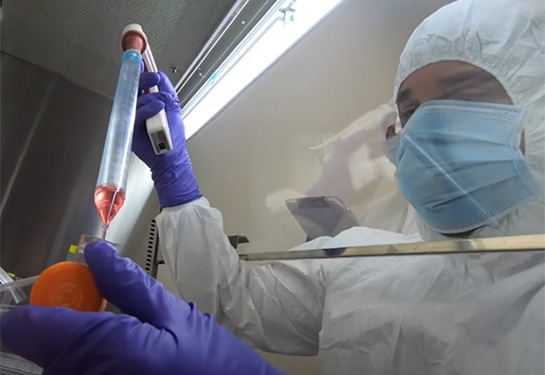-
December 08, 2025
UC Davis Health designated as a NORD Rare Disease Center of Excellence
UC Davis Health is now designated as a NORD Rare Disease Center of Excellence for its leadership in providing research and expert care for people with rare diseases.
Read More
-
November 18, 2025
Fetal surgery at UC Davis Health gives Ohio baby new hope
A stunning diagnosis led one Ohio couple to UC Davis Children’s Hospital, where fetal surgery offered them hope for their first child.
Read More
-
September 18, 2025
UC Davis scientists pioneer stem cell gene therapy for Angelman syndrome
UC Davis Health researchers are testing a groundbreaking new therapy for the rare neurodevelopmental condition Angelman syndrome.
Read More -
September 03, 2025
Dream team to develop in utero gene editing therapy for a rare neurological genetic disorder
Professor Aijun Wang won a $3.2 million NIH grant to develop a cure to Dup15q syndrome using an in-utero gene editing formula.
Read More
-
April 29, 2025
UC Davis pediatric neurosurgeon receives national award for hydrocephalus research
Pediatric neurosurgeon Cameron Sadegh was selected for a Hartwell Individual Biomedical Research Award to develop a gene therapy for hydrocephalus in premature babies.
Read More -
April 15, 2025
Novel cell therapy receives expedited FDA designation
A cell therapy being evaluated at UC Davis for the treatment of oropharyngeal dysphagia following cancer treatment has been fast tracked by the FDA.
Read More -
April 15, 2025
Diana Farmer wins top national award for innovative fetal spina bifida stem cell research
A Q&A with top prenatal surgeon Diana Farmer who won the 2025 Edward H. Ahrens, Jr. Award for her work on spina bifida CuRe clinical trial.
Read More
From Labs to Lives: Dr. Diana Farmer
-
December 04, 2024
Health Net grant for UC Davis Stem Cell Program to improve access to CAR T-cell therapy
UC Davis Health’s Stem Cell Program received a grant from Health Net to improve cancer patients’ access to life-saving CAR-T therapies and clinical trials.
Read More
-
November 01, 2024
How understanding the secrets of herpesviruses helps fight cancer
Herpesviruses stay dormant in the body until they take over normal cell functions to replicate and cause disease. UC Davis Health researchers are learning about herpesvirus strategies and reversing them to help prevent cancer cells from growing.
Read More
-
October 24, 2024
Could a new medical approach fix faulty genes before birth?
A new biomedical tool successfully delivers genetic material to edit faulty genes in developing fetal brain cells. This might stop disease progression of genetic-based neurodevelopmental conditions and provide a cure by the time the baby is born.
Read More
-
September 17, 2024
Life-saving stem cell transplant program revitalized
UC Davis Health’s pediatric stem cell (bone marrow) transplant program is rejuvenated under new leadership.
Read More -
September 09, 2024
UC Davis to lead MDA Kickstart project to develop gene therapy for rare neuromuscular disease
UC Davis neurologist Ricardo Maselli will lead the first MDA Kickstart project to develop a gene therapy for a rare type of congenital myasthenic syndrome, an inherited neuromuscular disease.
Read More
Faith celebrates after stem cell transplant to treat leukemia
-
August 20, 2024
Gut bioelectricity provides a path for bad bacteria to cause diseases
UC Davis Health researchers has discovered a novel bioelectrical mechanism pathogens like Salmonella use to find entry points in the gut lining that would allow them to pass and cause infection.
Read More
-
January 31, 2024
What you need to know about spina bifida and spinal cord injuries
In a Q&A, UC Davis Health physical medicine and rehabilitation specialist Maya Evans shares how clinicians and parents can provide comprehensive care for children with spinal cord injuries and spina bifida.
Read More -
January 29, 2024
UC Davis Health leads study on promising stem cell-based therapy for Crohn’s disease
A stem cell therapy for Crohn's disease developed by gastroenterology researchers has shown promising results in mouse studies.
Read More
-
December 19, 2023
New bioengineered scaffold may help large deep burn wounds heal faster
Professor Aijun Wang has designed and tested a structure that can help large deep burn wounds heal faster and potentially reduce the need for skin autografting.
Read More
-
November 29, 2023
State stem cell agency, Shriners Children’s award $15 million to UC Davis CuRe trial
Fetal surgeon Diana Farmer and bioengineer Aijun Wang have been awarded $15 million by the state’s stem cell agency and Shriners Children’s to test their stem cell treatment for spina bifida.
Read More
-
October 25, 2023
Meet the UC Davis Good Manufacturing Practice Facility’s new homegrown leader
A Q&A with the new director of UC Davis Good Manufacturing Practice (GMP) facility Brian Fury to learn about the GMP’s plans and recent California Institute for Regenerative Medicine (CIRM) $1.7 million award.
Read More
-
September 13, 2023
Record external funding supports UC Davis School of Medicine research
UC Davis exceeded $1 billion in external research funding in the fiscal year 2022–23. The School of Medicine contributed 40% of this amount, achieving a new research funding record.
Read More
-
June 07, 2023
UC Davis and Orgenesis partner to boost access to gene and cell therapies in California
UC Davis and Orgenesis are rolling out processing units that allow cell and gene therapies to be developed and manufactured onsite. This will increase patient access to therapies.
Read More

